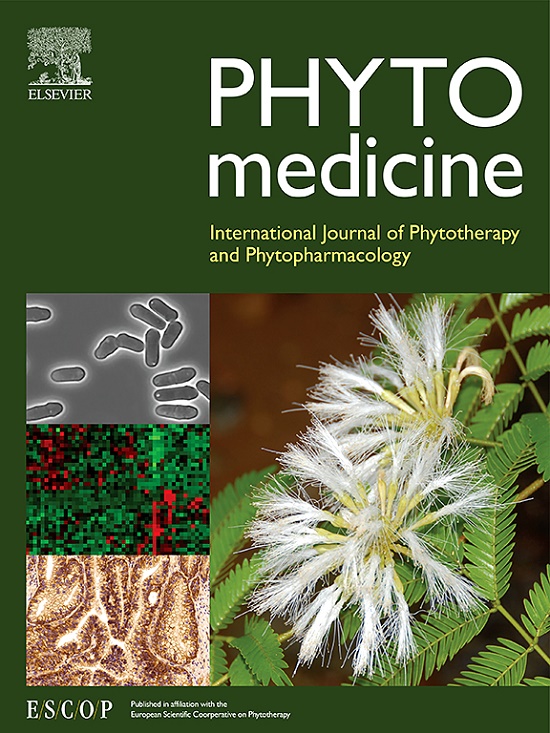Schisandra total lignans ameliorate neuronal ferroptosis in 3xTg-AD mice via regulating NADK/NADPH/GSH pathway
IF 6.7
1区 医学
Q1 CHEMISTRY, MEDICINAL
引用次数: 0
Abstract
Background
Alzheimer's disease (AD) is a progressive neurodegenerative disorder with limited treatments. Schisandra total lignans (STL), the primary active component of Schisandra chinensis, shows potential in alleviating AD-related symptoms, though the mechanisms remain unclear.
Purpose
Considering the promoting effect of neuronal ferroptosis on AD and the neuroprotective activity of STL, this study aimed to investigate the impact of STL on AD neuronal ferroptosis and elucidate its underlying mechanisms.
Methods
This study used 3xTg-AD mice and SH-SY5Y cells overexpressing APPswe as models. UHPLC/Q-TOF-MS was applied for identifying components in STL extract and the plasma of 3xTg-AD mice, as well as to detect cellular endogenous metabolites for one-carbon metabolism analysis. Behavioral tests, including the Y maze, novel object recognition, Morris water maze, and open field, were conducted to assess the cognitive function and emotional state. Histopathological examinations were performed using immunofluorescence, immunohistochemistry, Nissl staining, and transmission electron microscopy. The GSH, GSSG, NAD(H), NADP(H), and MDA levels, as well as GPX and GR activity were measured using assay kits. ROS, Fe2+, and lipid peroxidation levels were detected with probes. Protein expression was evaluated by Western blot. Molecular docking, molecular dynamics simulations and cellular thermal shift assay were performed to analyze the STL-NADK interactions.
Results
Behavioral tests indicated that STL alleviated cognitive impairments and anxiety in 3xTg-AD mice. Histological analysis showed that STL decreased hippocampal Aβ levels, inhibited hippocampal neuronal ferroptosis, and mitigated synaptic damage. Cellular assays demonstrated that STL alleviated APPswe overexpression-induced ferroptosis and synaptic damage by activating the NADK/NADPH/GSH pathway, with NADK knockdown abolishing this neuroprotective effect of STL. Computational analysis and cellular thermal shift assay identified Gomisin D as the key STL component with strong affinity for NADK, driving its neuroprotective effects.
Conclusion
NADK emerges as a novel potential therapeutic target for AD, with STL activating NADK, promoting NADPH and GSH production, thereby mitigating neuronal ferroptosis in AD.

求助全文
约1分钟内获得全文
求助全文
来源期刊

Phytomedicine
医学-药学
CiteScore
10.30
自引率
5.10%
发文量
670
审稿时长
91 days
期刊介绍:
Phytomedicine is a therapy-oriented journal that publishes innovative studies on the efficacy, safety, quality, and mechanisms of action of specified plant extracts, phytopharmaceuticals, and their isolated constituents. This includes clinical, pharmacological, pharmacokinetic, and toxicological studies of herbal medicinal products, preparations, and purified compounds with defined and consistent quality, ensuring reproducible pharmacological activity. Founded in 1994, Phytomedicine aims to focus and stimulate research in this field and establish internationally accepted scientific standards for pharmacological studies, proof of clinical efficacy, and safety of phytomedicines.
 求助内容:
求助内容: 应助结果提醒方式:
应助结果提醒方式:


